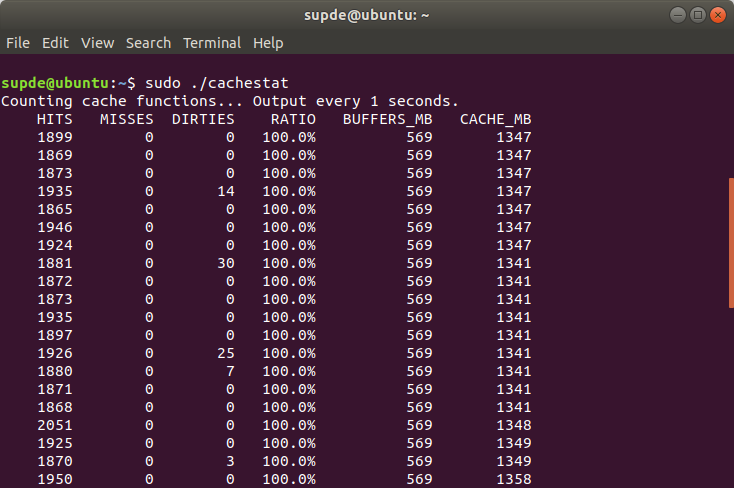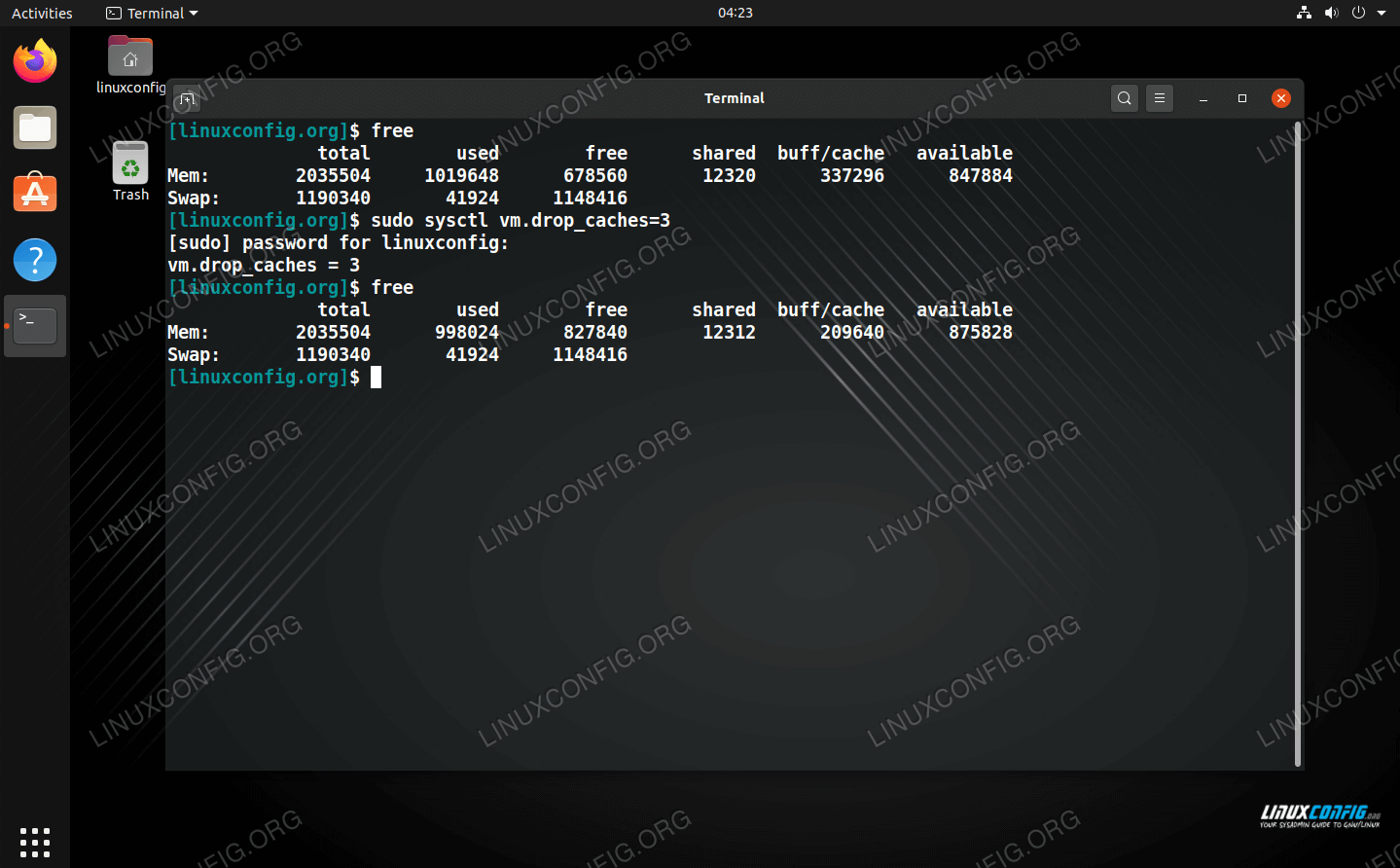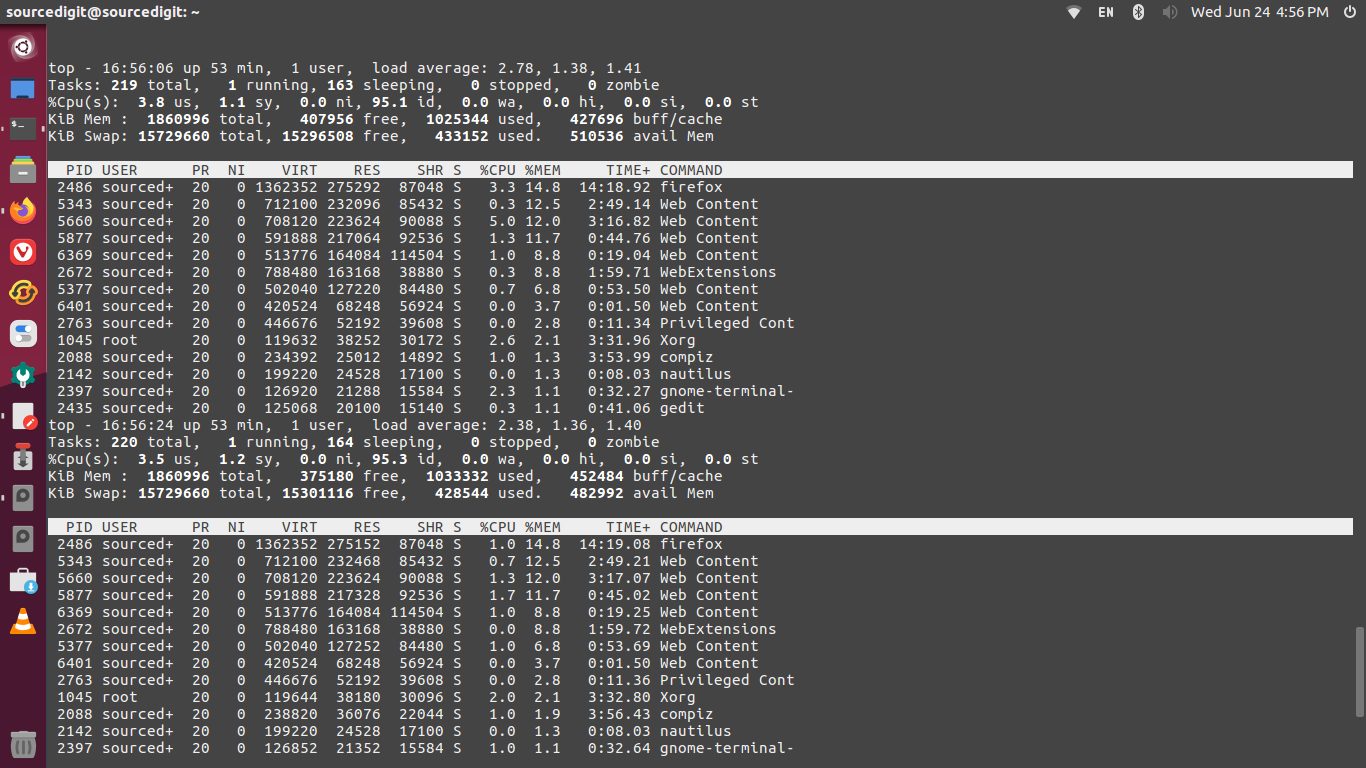How to Check Which Process Is Using Cache in Linux
Since cache is one part of memory my code is find the top 10 RSZ usage of process and the. How to check that.
Not cache usage growing find the process.

. Check Top Processes sorted by RAM or CPU Usage in Linux. To find out about memory cache use slabtop using -s you can sort the output and c is for the cache size so use. Ps -o piduser mem command ax sort -b -k3 -r As.
So to find out memory usage for active process run pidstat -l -rsort -k8nr. Alternatively use pgrep command to lookup process PID enter. Unix Linux Stack Exchange is a question and answer site for users of Linux FreeBSD and other Unx-like operating systems.
How To Check File System Cache In Linux. Sudo slabtop -s c. If dd ifdevrandom of ofrootdata_file count 1400000.
Cache isnt associated with a process per se it is related to IO on your system. If that data needs to be read in the future it is already in storage. Linux tries to cache as much IO data as it can.
I guess at present system wide page cache information can be retrieved rather than per process. I write a very simple shell script to show the cached files by using of linux-fincore. Cache is a mechanism to avoid doing real IO operations as real IO to a.
----------------------------- UPDATED ------------------------- The free command basically gives the same results. If there is a high pressure of cache memory then one could start flushing out dirty data sooner than. Echo i in cat.
Use the free -m. I tried commands 1 free -m before writing 10MB of data into a file 2 dd. To see swap space used by.
Since this update is a few hours after my original post the exact. Sample outputs note down PID number 1. To find the process ID of a running process you can use the pgrep command followed by the name of the process like so.
Look for these 2 lines in the output. For me most of the cache is related to. The following command will show the list of top processes ordered by RAM and CPU use in descendant form.
One of the best commands for looking at memory usage is top. One extremely easy way to see what processes are using the most memory is to start top and then press. Number for I in Seq 1 10.
To kill the iTerm2 process in the. Smem -k sed -e 1p -e amsHelperd grep -v sed PID User Command Swap USS PSS RSS 31768 root. To get the memory usage of a single process we can grep the process from the list.
You can use command slabtop to view what slab objects are used by kernel. Also you can check output of procmeminfo. You can check memory usage in percentage of all the process running on your Linux operating system with the following command.

How To See Cache Statistics In Linux Geeksforgeeks

Clear Cache On Linux Linux Tutorials Learn Linux Configuration

Linux How To Check The Memory Usage Inmotion Hosting Support Center

Comments
Post a Comment